“Never let a good crisis go to waste”, the infamous line from Winston Churchill. It seems far-fetched to call the current job market “in crisis”, however, with unemployment data continuing to rise, estimated to hit 5% in 2026 (credit EY Item Club), we’re standing on the precipice of one of the biggest shifts in employment and hiring patterns the white collar workforce has seen in decades.
The organisations that take action today will be the ones shaping tomorrow
What’s Changed?
James Reed CBE starkly describes the current jobs market as “the worst on record,” a significant observation given the three consecutive years of decline since the post-Covid boom of 2022. This period of decline is unprecedented, surpassing the previous longest downturn of eighteen months, indicating we are in uncharted territory regarding renewed optimism in the global job market.
This prevailing downtrend and slump in hiring activity is not merely a cyclical anomaly but a deeper reflection of the evolving world of work. Operational efficiencies and productivity drivers are fundamentally reshaping how organisations structure and deploy their workforces. Macroeconomic cycles are increasingly compressed, and the rapid impact of artificial intelligence is disrupting roles at an unparalleled pace.
The overriding sense is that the market requires further adjustment before a new equilibrium is established.
As businesses aim to extract greater value from their employee base, we observe an increasingly stretched middle management layer and a significantly leaner entry or graduate tier.
This shift is evident in the big four professional services firms, which have seen graduate intakes drop by between 6% and 20% this year alone. According to Adzuna’s data, graduate job listings in the UK have dropped by over 26% over the past year. On the other side of the fence, and with anticipated increases to the national living wage in the upcoming budget, the allure of a high-paid graduate career in the city is rapidly diminishing in favour of other career paths at the entry level.
Organisational growth is increasingly driven by adapting in new areas and revenue streams. This necessitates a seasoned and experienced workforce capable of executing sophisticated growth strategies in the current climate. When combined with the pervasive rise of AI and productivity optimisation, the entry-level role within an organisation is becoming further eroded. In the modern world of work, uncertainty is the new norm, and for business leaders and employees at all levels of an organisation, ‘change intelligence’ now stands alongside IQ and EQ as a critical attribute for success.
This could lead to a substantial skills gap a decade down the line, potentially precipitating the greatest job crisis the world has ever seen, as we fail to create the managers of tomorrow.” – David Price, Partner at tml Partners
What This Means for Organisational Structures
This paradigm shift is leading to a conscious transformation in organisational structures. We are moving away from the classical hierarchical pyramid towards a ‘diamond’ or ‘flywheel’ model. In this new structure, a concentrated mass of experienced employees, predominantly at the middle management level, are supported by AI and technology, alongside strategic outsourcing and offshoring, to drive greater efficiencies in workforce productivity.

The significant challenge emanating from this evolution is the potential failure to cultivate the growth of tomorrow’s leaders. By not hiring and investing sufficiently in entry-level talent now, the foundational progression structure is being eroded. This could lead to a substantial skills gap a decade down the line, potentially precipitating the greatest job crisis the world has ever seen, as we fail to create the managers of tomorrow.
Solutions for the Future Workforce: A Strategic Imperative for Business Leaders
For business leaders and those responsible for building high-performing teams, these seismic shifts in the job market demand a proactive and strategic response. The traditional recruitment playbook is no longer sufficient; instead, a forward-thinking approach is required to secure the talent needed for immediate impact and future resilience.
If we look five to ten years down the line, competition for middle and upper management talent will be highly competitive and increasingly challenging to acquire, far more so than it is today.
Organisations with a forward-looking perspective are already challenging the efficacy of established methods. For instance, Capgemini has rolled out an AI fluency programme, specifically designed for those starting their careers, which cultivates skills in interpretation, oversight, and cross-functional understanding. Similarly, IBM is piloting hiring models based on skills to broaden opportunities and reduce undue reliance on conventional qualifications.
From our recent projects and conversations with various clients across the globe, the following serve as solutions to consider:
- Rethink Talent Acquisition with Agility: Focus on agility and adaptability in your hiring processes. This means moving beyond rigid job descriptions and instead, seeking candidates who demonstrate strong ‘change intelligence’ and a capacity for continuous learning, particularly in areas like AI and digital fluency. Consider building diverse skill sets within teams that complement one another, fostering long-term business growth.
- Create a Hub for Continuous Development: Foster an environment that supports ongoing learning and professional development. Embed AI and digital literacy into all stages of career progression, ensuring employees can harness these tools to become more productive rather than feeling threatened by them. This flexible mindset allows for rapid evolution and adaptation, crucial for making the right decisions at the right time.
- Invest in Future Capabilities and Early Talent: While the pressure to deliver immediate results is immense, true success hinges on planning for the next three to five years. This necessitates investing in early career talent and development programmes, creating internal pathways for growth, and ensuring a robust pipeline of future leaders. Overlooking younger generations now could lead to significant skills gaps in the future. Prioritise creating room for people to grow and think about the development of future leaders.
- Do More with Less: Gone are the days when leading a large and sizable organizational architecture was paramount to operating in a c-suite or management role. Instead, focus on optimising performance augmented through technology, and focus on the data that evidences growth and results.
- Prioritise Diversity of Thought and Inclusion: Actively recruit a diverse and inclusive talent pool, recognising that diversity of thought is a critical asset in navigating uncertainty and driving innovation. A specialist partner can support your leading approach to diversity of thought in the workplace.
Business leaders who proactively adapt their talent strategies will be best positioned not only to weather the current storms but to thrive in the complex, dynamic landscape of the future. The long road ahead demands foresight, strategic partnerships, and an unwavering commitment to cultivating the talent that will drive tomorrow’s success.
tml Partners are strategic talent advisors specialising across executive and professional search, interim management, fractional consulting and DEI Solutions. To discuss any of the trends in the article please contact David Price, Partner, at [email protected].






